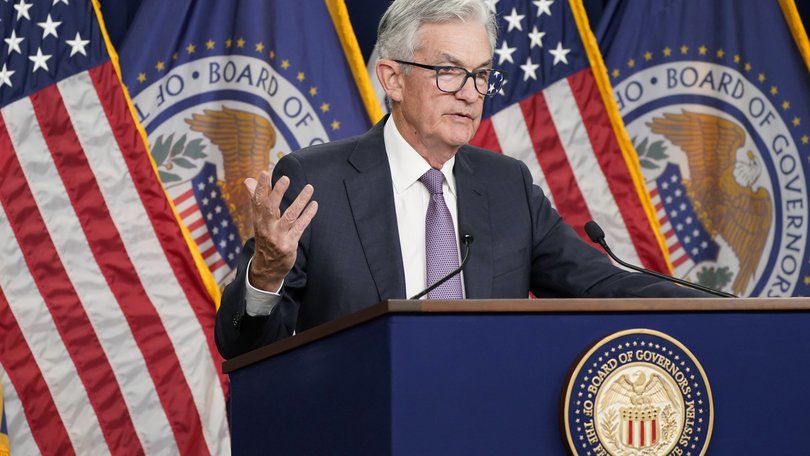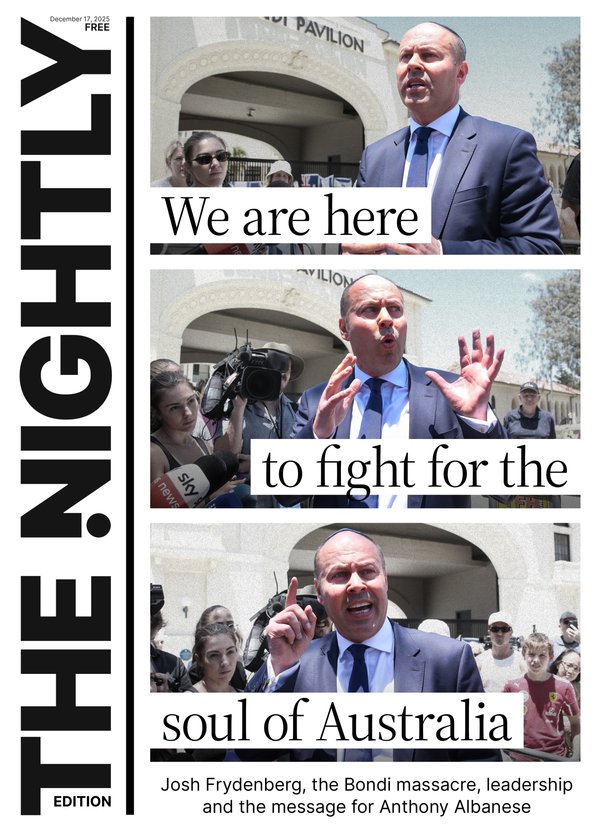US core inflation tops forecasts, reinforces Fed caution

Underlying US inflation topped forecasts for a second month in February as prices jumped for used cars, air travel and clothes, reinforcing the Federal Reserve’s cautious approach to cutting interest rates.
The so-called core consumer price index, which excludes food and energy costs, increased 0.4 per cent from January, according to government data out overnight Tuesday. From a year ago, it advanced 3.8 per cent.
Economists see the core gauge as a better indicator of underlying inflation than the overall CPI. That measure climbed 0.4 per cent from January and 3.2 per cent from a year ago, boosted by petrol prices, Bureau of Labor Statistics figures showed.
Sign up to The Nightly's newsletters.
Get the first look at the digital newspaper, curated daily stories and breaking headlines delivered to your inbox.
By continuing you agree to our Terms and Privacy Policy.After a brisk January reading, the report adds to evidence that inflation is proving stubborn, which is keeping central bankers wary of easing policy too soon. Chair Jerome Powell suggested last week that he and his colleagues are getting close to the level of confidence they need to start lowering rates, but some officials have expressed they’d like to see a broader pullback in prices first.
Core CPI over the past three months rose an annualised 4.2 per cent, the most since June.
“This will probably be seen as a reason to keep policy on hold a while longer,” said Kathy Jones, Charles Schwab’s chief fixed-income strategist. “Through the volatility, the downtrend in inflation seems to be leveling off and the Fed would like to see it continue to move lower before easing rates.”
The market reaction was choppy. Traders initially focused on key details that suggested there are some pockets of relief on inflation, before seemingly turning to the robust headline figures. Treasury yields rose, while the S&P 500 opened slightly higher.
Other than the upcoming release of the producer price index, this is the last major inflation report the Fed will see before its meeting next week. With policymakers expected to hold interest rates steady for a fifth straight meeting, economists will be looking for clues as to when the central bank will start lowering borrowing costs.
Traders still saw June as the likely first rate cut, but pulled those bets back somewhat.
Shelter and petrol contributed over 60 per cent of the overall monthly advance, the BLS said. Prices also picked up for used cars, apparel, motor-vehicle insurance and airfares — which posted the biggest monthly advance since May 2022.
Shelter prices, which is the largest category within services, climbed 0.4 per cent, slowing down from a big jump in January. The same was true for owners’ equivalent rent — a subset of the shelter category, which is the largest individual component of the CPI.
The metric — which tracks hypothetical rents paid by homeowners — made headlines in recent weeks after the BLS suggested a methodological adjustment was a large factor behind the robust reading of the January CPI. Rent of primary residence rose 0.5 per cent, the most since October.
Excluding housing and energy, services prices advanced 0.5 per cent from January, stepping down from 0.8 per cent in the prior month, according to Bloomberg calculations. While policymakers have stressed the importance of looking at such a metric when assessing the nation’s inflation trajectory, they compute it based on a separate index.
That measure, known as the personal consumption expenditures price index, doesn’t put as much weight on shelter as the CPI does. That’s one reason why the PCE is trending much closer to the Fed’s 2 per cent target. PCE figures for February are due later this month.
Unlike services, a sustained decline in the price of goods over most of the past year has been providing some relief to consumers — but that may be starting to change. So-called core goods prices, which exclude food and energy commodities, rose for the first time since May.
Policymakers have also been hesitant to cut interest rates given the strength of the labour market. A separate report Tuesday showed real earnings continued to rise on an annual basis, extending a months-long streak in which wage growth has modestly outpaced inflation.
Data data out last week showed hiring remained healthy in February even as the unemployment rate jumped to a two-year high.
Bloomberg
Originally published as US core inflation tops forecasts again, reinforcing Fed caution on first rate cut
